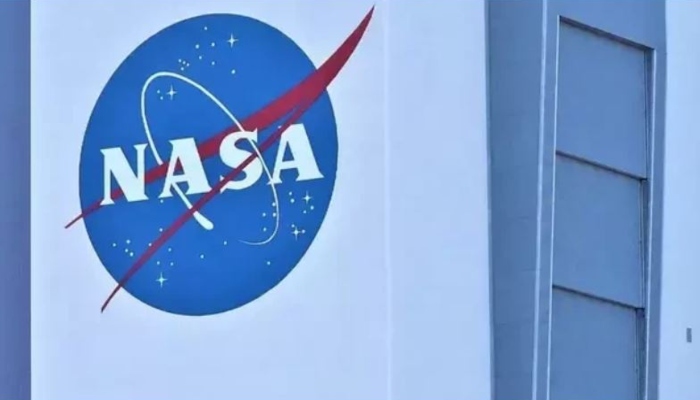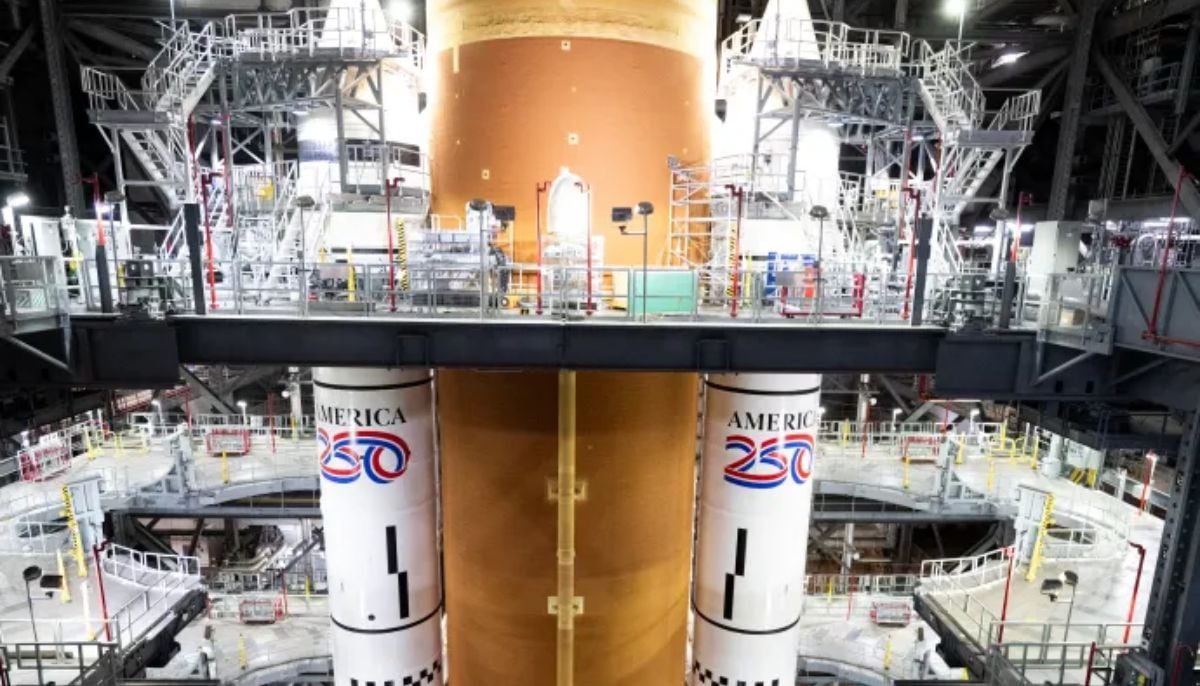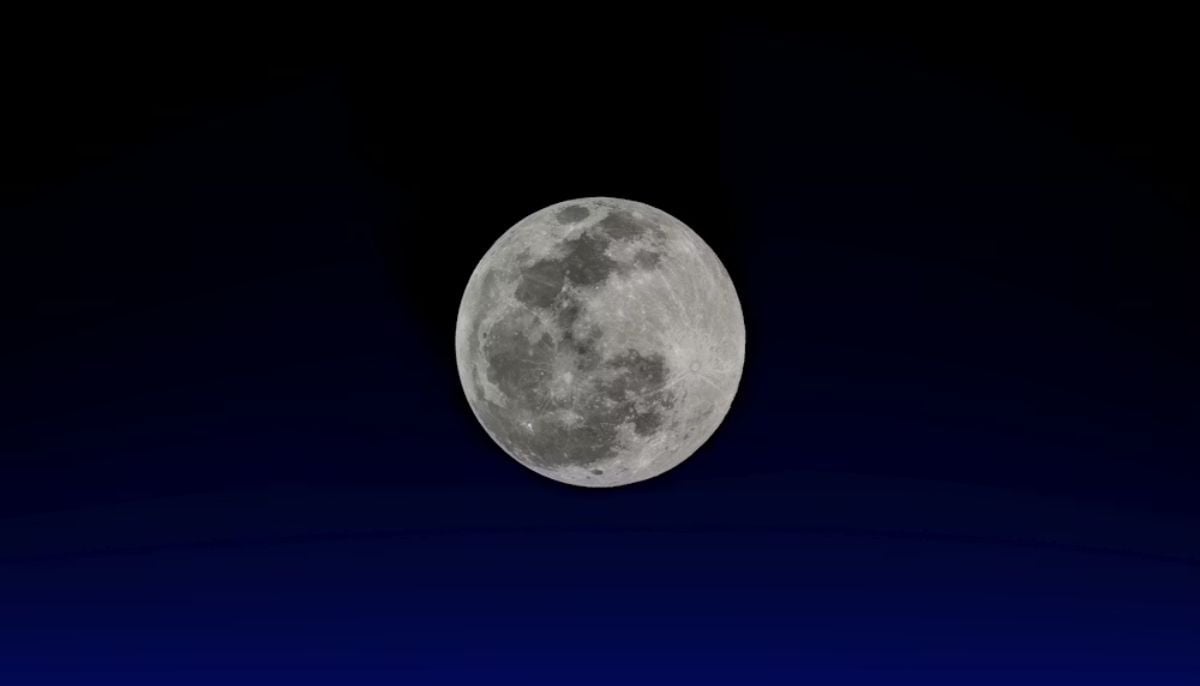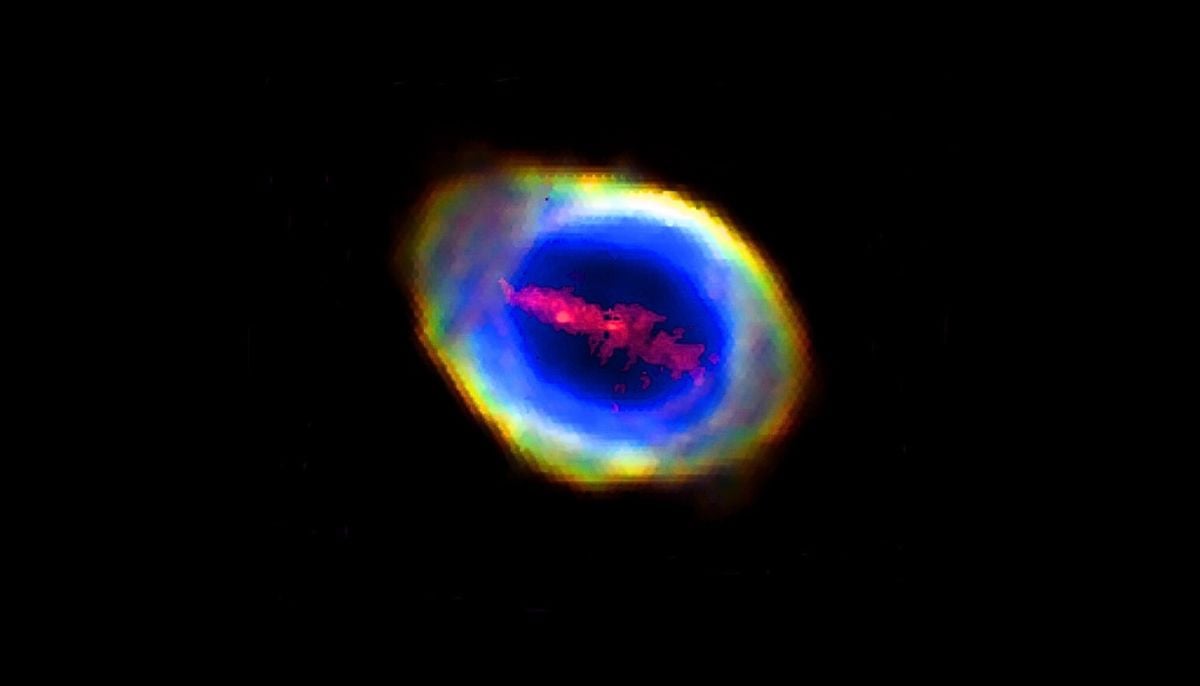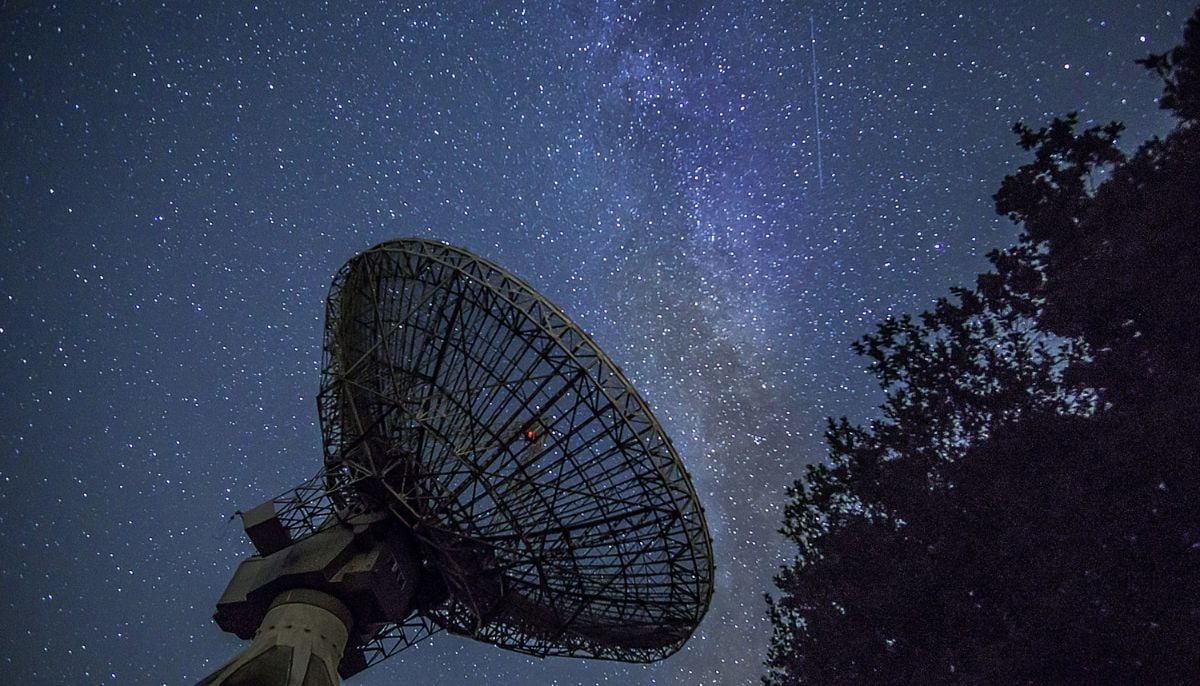Nasa Nancy Grace Roman Space Telescope receives its 'heart'
The instrument will prove to be a huge milestone for the undiscovered secrets of infrared astrophysics
Nasa’s Focal Plane System, often called the “heart” of the Nancy Grace Roman Space Telescope based on its importance, has recently arrived at Ball Aerospace in Boulder, Nasa reported.
The system, holding 18 detectors and ultra-modern electronics, will be integrated into the Wide Field Instrument (WFI) for the improved study of dark matter, dark energy and exoplanets with the help of highly defined images.
The report further informed that the FPS is made up of a large detector array and its associated electronics. The detectors were developed by engineers at Nasa’s Goddard Space Flight Center in different parts of the US.
Mary Walker, the Roman WFI manager at Goddard, praised the innovative instrument saying: “Roman’s focal plane array is one of the biggest that has ever flown onboard a space-based observatory.”
She added, “Its creation is the product of many years of innovation from a very dedicated team – one that is eagerly anticipating the incredible science Roman will yield.”
Each of the 18 detectors holds 16.8 million pixels, acting as the “eyes” that will “peer through the dust and across vast stretches of the cosmos, creating high-resolution panoramas of the universe”.
Greg Mosby, Goddard’s Roman detector scientist, said: “For optimal performance, the detectors must be operated at minus 288 degrees Fahrenheit, or minus 178 degrees Celsius.”
“Roman’s detectors are so sensitive that nearby components in the Wide Field Instrument must also be cooled, otherwise their heat would saturate the detectors, effectively blinding the observatory,” he added.
As an attempt to avoid mishaps, the radiators are designed to make sure that the Roman stays sensitive to faint signals from other galaxies and cosmic objects by diverting excess heat from its components away from the detectors, and out into cold space.
As soon as the radiator installation is complete, Roman’s camera will be ready for thermal vacuum tests in the summer.
The team expects WFI's return to Goddard in the spring of 2024, where it will ultimately be integrated into the rest of the observatory, and launched in 2027.
-
Startup aims to brighten night skies with space mirrors
-
'Harry Potter' star Brendan Gleeson reluctantly addresses JK Rowling's trans views
-
Bamboo: World’s next sustainable ‘superfood’ hiding in plain sight
-
NASA Artemis II rocket heads to the launch pad for a historic crewed mission to the Moon
-
Blood Moon: When and where to watch in 2026
-
Elon Musk’s Starlink rival Eutelsat partners with MaiaSpace for satellite launches
-
Blue Moon 2026: Everything you need to know
-
Scientists unravel mystery of James Webb’s ‘little red dots’ in deep space
